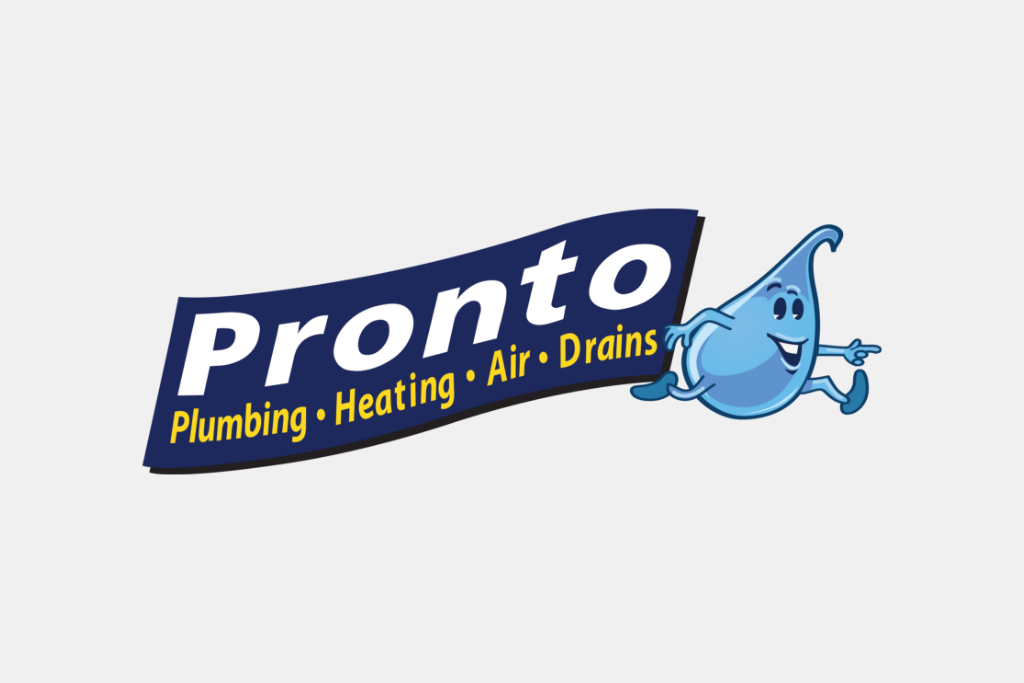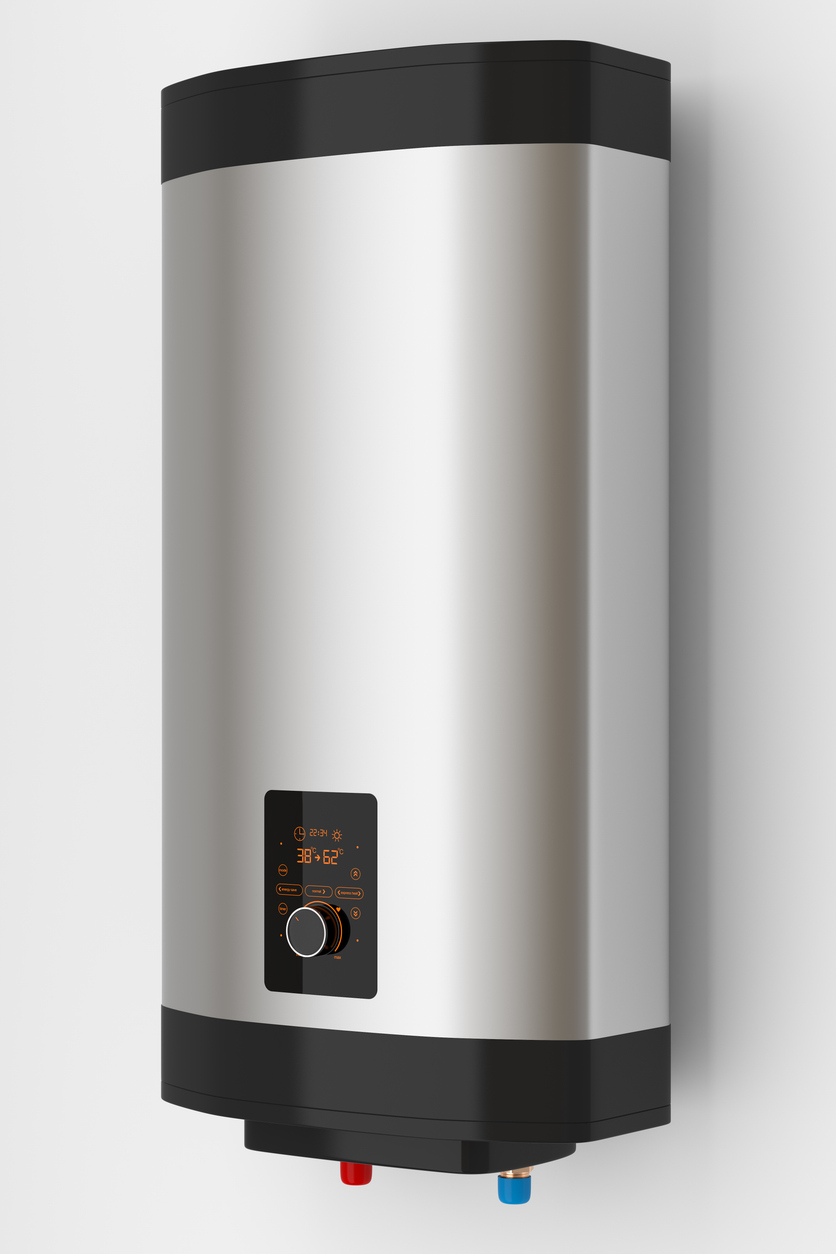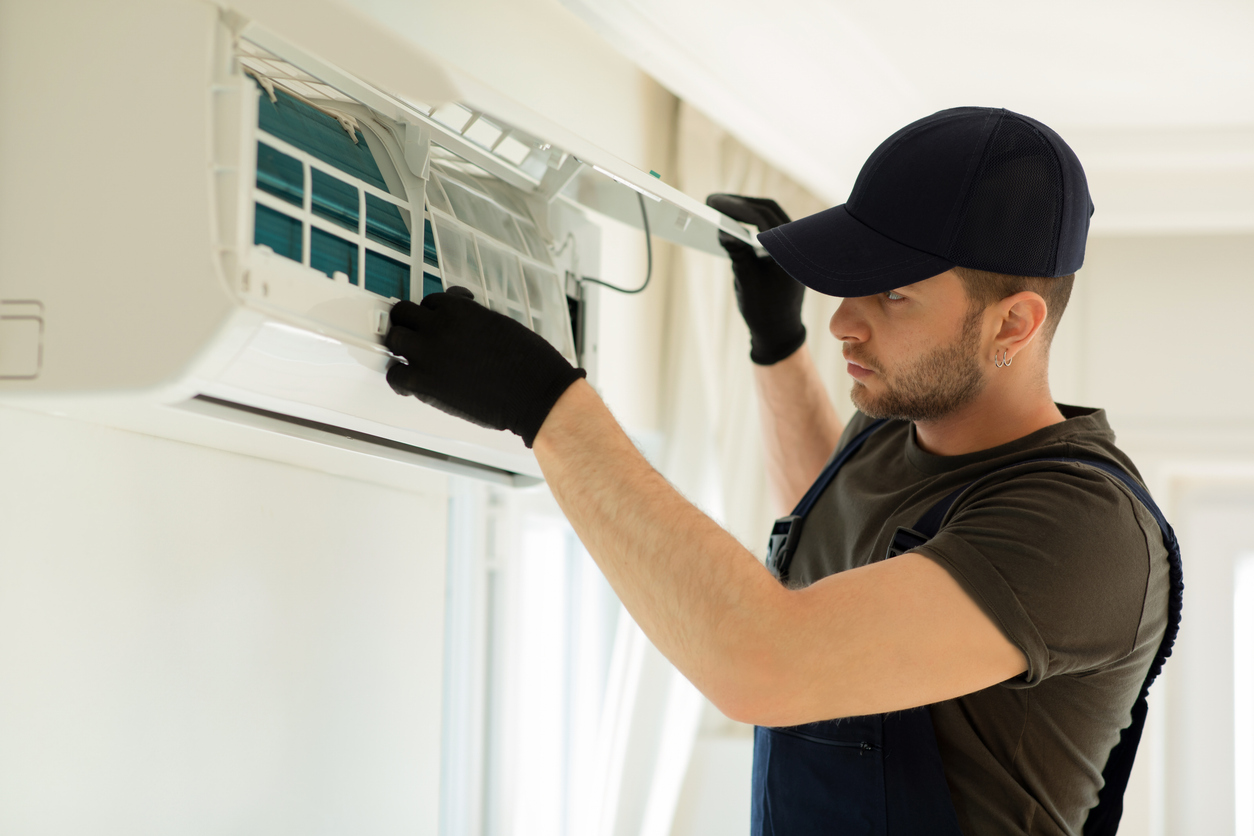Your home’s water pressure is determined by its direct physical location to the water source supply. For example, if your home is at a higher elevation point than the supply (such as in mount or hilly areas), than you most likely have lower water pressure. In reverse, if you live at a lower elevation point than the source (a valley), than you will have higher water pressure. Water pressure in homes located in flatland areas are based on reservoir water levels, assisted by booster bumps.
High Water Pressure
High water pressure may seem like an ideal situation (especially for your shower), but too high of pressure can cause a variety of issues in your home.
- Stress on pipes (which can lead to leaks)
- Higher water bill
- Stress on appliances (dishwashers, washing machines) which can lead to shorter life spans
Keep in mind, water pressure in homes should never exceed 80 PSI. Common signs of high water pressure include reoccurring leaks and rattling or clanging of pipes.
Low Water Pressure
Lower water pressure can only be increased by installing a booster system. While it is mostly caused by physical location, there are a few things you should consider if you experience a sudden drop in water pressure.
- Did you recently install new appliances that may be “hogging” your water supply?
- You may have a leaking water main or service line between the meter and house.
- Reoccurring or neglected leaks, or constantly running toilets may be factor.
- Debris or mineral buildup in pipes.
In some situations, it may not be your home that has the issue. Problems may be caused by malfunctions in the municipal water supply.
If you are uncertain which pressure problem you have, or what is causing it, consult a professional. Higher pressures can affect the overall lifespan of your appliances and your monthly bill, while lower pressures can be signs of bigger issues.






